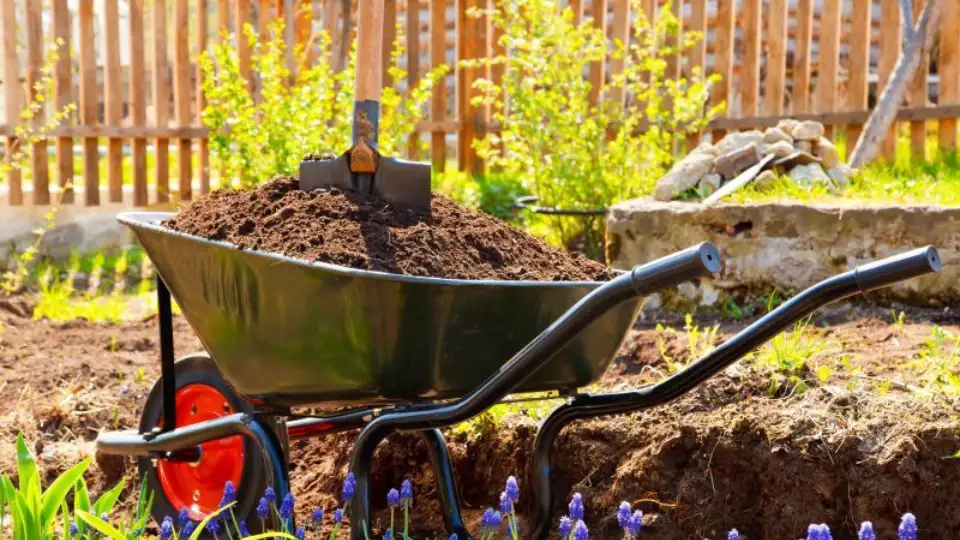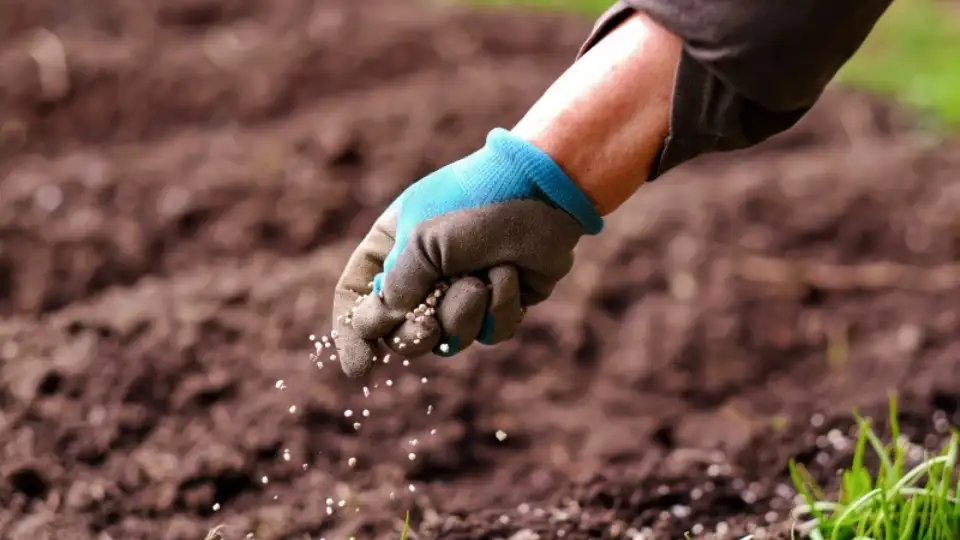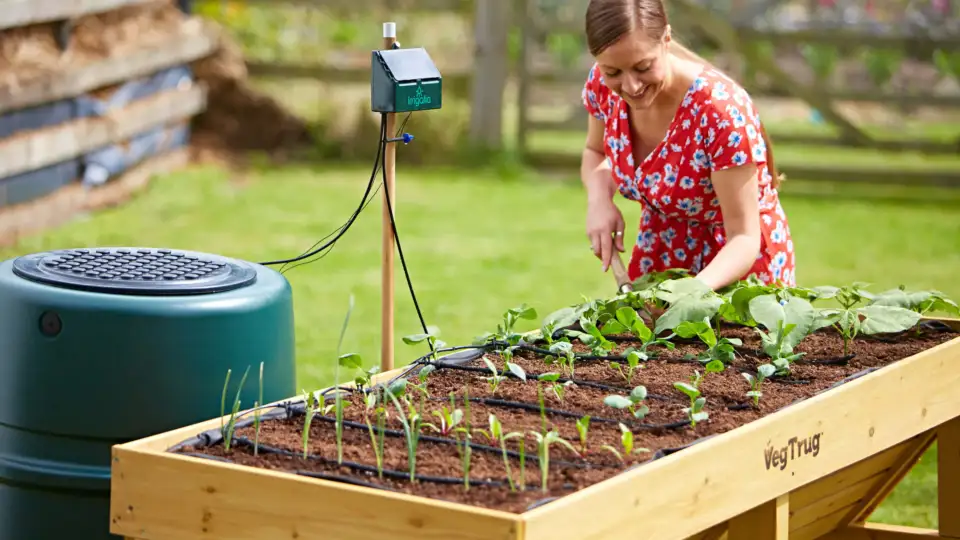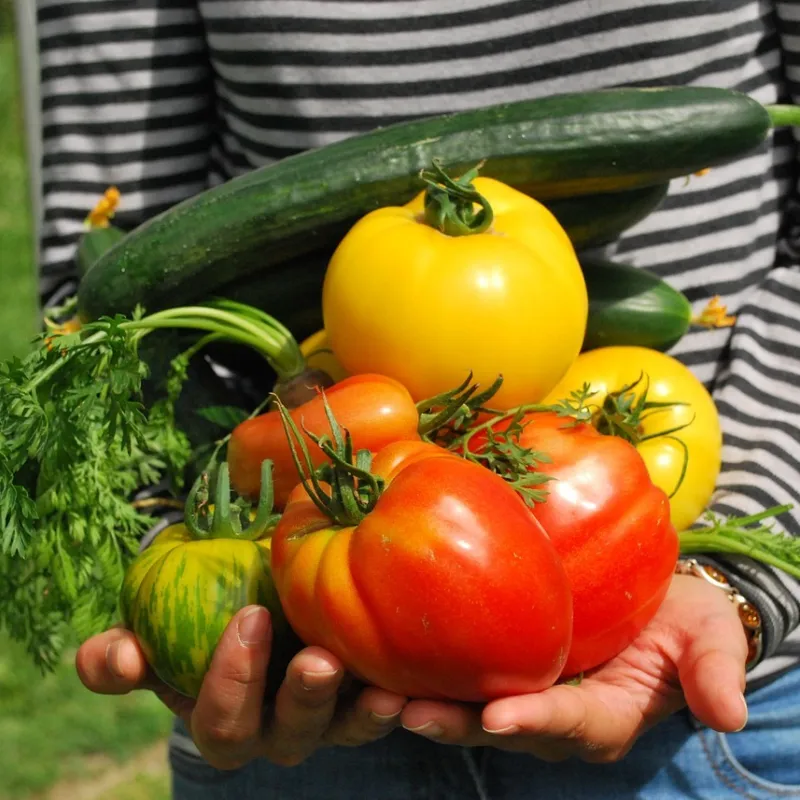How to feed plants for a bumper crop
Making sure your plants have plenty of nutrition to draw from ensures they have all the energy they need to guarantee you a bumper harvest once the time comes. Discover some of the best ways to guarantee a bumper crop by feeding plants.
What is plant food?
Plant food is a substance designed to give plants the nutrients they need to thrive. It typically contains a mix of macronutrients, such as nitrogen, phosphorus, and potassium, and micronutrients, like calcium, magnesium, and sulphur.
Plant food can come in different forms, from liquids to tablets. And it can be applied directly to your soil or mixed with water.
Feeding before planting
One of the first things you can do before planting out is to make sure there is already nutrition in the soil. You can add some homemade compost or well-rotted manure about a week before planting, digging this into the soil. Predominantly, this aids with soil structure. However, it will add a boost to the nutrition in the soil and help the microorganisms in your soil which gives the soil balance and health. Which your plants can benefit from.

Feeding while plants are growing
Feeding plants in containers
If your vegetables, fruits, or herbs are growing in containers, they need to be fed regularly for health and vigour. This is in contrast to plants grown in garden beds and borders, as they have a resource of nutrients available in the soil. Container plants, however, have a far more limited resource, which needs to be regularly replenished by feed and liquid fertiliser.
The compost you initially fill your container with will contain a certain amount of nutrients to get your plants started. However, this will only last for about six to eight weeks, but make sure to check the instructions on your compost bag to be certain. After this time has lapsed, you will want to start a regular feeding routine, weekly being best, particularly for fruiting plants.
How to know when to feed your plants
You can use your plants as a guide here. You can look out for signs of nutrient deficiency as a first step. For nitrogen deficiencies, keep an eye out for yellow plants that are growing leggy, which might also have a slightly pink tint. Potassium deficiencies can be found with leaves turning brown at the edges, and a poor flowering or fruiting season. A lack of phosphorus will present as slow growth, and the foliage left dull and yellowing.

Which fertiliser do your plants need for a bumper crop?
Most general liquid fertilisers will include a ratio of potassium, phosphorus, and nitrogen, with some having completely balanced proportions. Others lean towards specific nutrients, such as high-potash feed predominantly featuring potassium, for example. Make sure you check the bottle to find out the exact ratios it contains before applying to your plants.
Plants that produce flowers and fruit are likely to benefit from a high-potash feed. Tomato fertilisers tend to be a great option for this.
If you are growing leafy vegetables fertilisers featuring a decent boost of nitrogen will be helpful. Nitrogen helps with the growth of foliage, which makes it particularly helpful for vegetables especially reliant on their leaves.
How to administer fertiliser to your plants
Giving your plants fertilisers once they are already established is most effectively done by adding liquid fertiliser or water-soluble granular food into your watering routine. This helps you to get the nutrients to the roots quickly, whilst simultaneously providing your plants with a valuable drink.
Your plant fertiliser packaging will let you know how much you should dilute the solution with water. Therefore, make sure to check it before adding it to your plants.
Automatic drip irrigation systems will also allow you to feed your plants with water-soluble granular feed. So, your Irrigatia unit can not only water your plants using the sun’s power and a collected rainwater source. But they can also take the task of watering out of your hands too. Simply add your chosen liquid fertiliser to your water butt. However, do not use the dilution rate listed on the packaging. Because you will be adding it to your plants’ key source of water, the regular dilution amount will be too strong for constant watering. Instead, reduce the dilution to 25% of the suggested dilution rate. This ensures your plants get exactly the amount of nutrients they need without the risk of scorching.

By giving your plants the nutrients they need to thrive, you are sure to have a successful bumper crop. And with the help of Irrigatia’s watering kits, the task of regular feeding is managed completely automatically.



